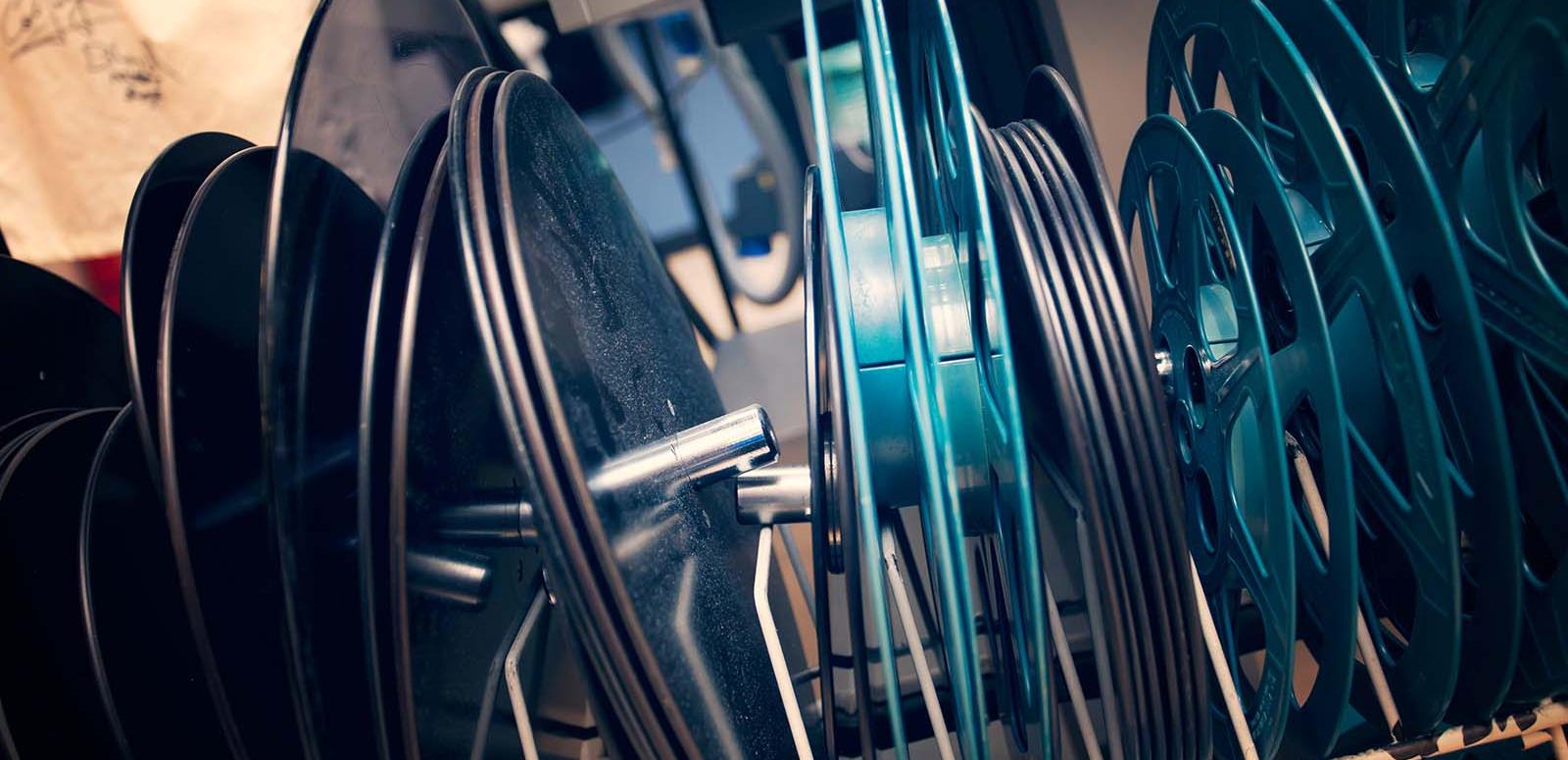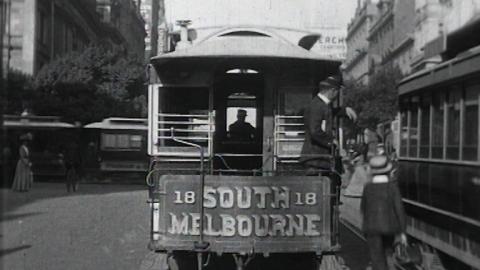

Preservation training
NFSA Conservation Officer Pat O’Connor provides an example of how the NFSA shares skills and expertise with other organisations.
I recently spent a day in Melbourne with a film collection belonging to the TVN Thoroughbred Racing Archive – a sports and interactive rights management company that specialises in horse racing.
In conjunction with the examination, I was also asked to train four Masters students from the Centre for Cultural Materials Conservation (CCMC), at the University of Melbourne, and a few people associated with the Australian Racing Museum, Racing Victoria Ltd and TVN Thoroughbred Archive. The training — outlined in more detail below — provided practical skills in the movement and handling of archival film, film winding, film identification, film construction and composition, film repair and storage.
To open cans of film safely, the lid of the can must be facing away from the handler so any contaminates that may be present within the film, such as pungent and or dangerous odours, will be vented away from you.
I demonstrated to the students how to examine films while stored in cans before removal takes place. This determines whether the film is archival wound (Loose wind) or transit wound (Tight wind) — as this will decide how the film is removed from the can itself.
To wind archival film, the vertical winding bench must be clean, in good working order and in correct ergonomic position. The operator must be able to stop at any moment without film spooling off the feed plate and thus, operators must always be aware of winding speeds, the angle of the film and film tension.
At the vertical winding bench, most people find it easier to look down through the film, with the plane of the film being horizontal with the bench so that it enables equipment such as splicers to stay in place.
The first film we examined was perfect — it had minimal, if any, Splice damage and low Shrinkage.
We then examined two other films that were in similar condition, but had weak tape splices at every scene change and most of the splices had to be cleaned with iso-propylene and re-taped. We spent most of the afternoon on these two films, but it did give all participants experience in winding and repairing tape splices. We ended the day with a Q&A session.
There are 4000 films within the TVN collection, and about 1000 films had already been separated and prioritised as those being most in need of digitisation. The students had already conducted AD testing on these films with most showing little, if any, signs of Vinegar syndrome.
If you would like to offer staff or students training in the preservation and care of your audiovisual materials please contact us, preservation@nfsa.gov.au or 02 6248 2000.
The National Film and Sound Archive of Australia acknowledges Australia’s Aboriginal and Torres Strait Islander peoples as the Traditional Custodians of the land on which we work and live and gives respect to their Elders both past and present.

